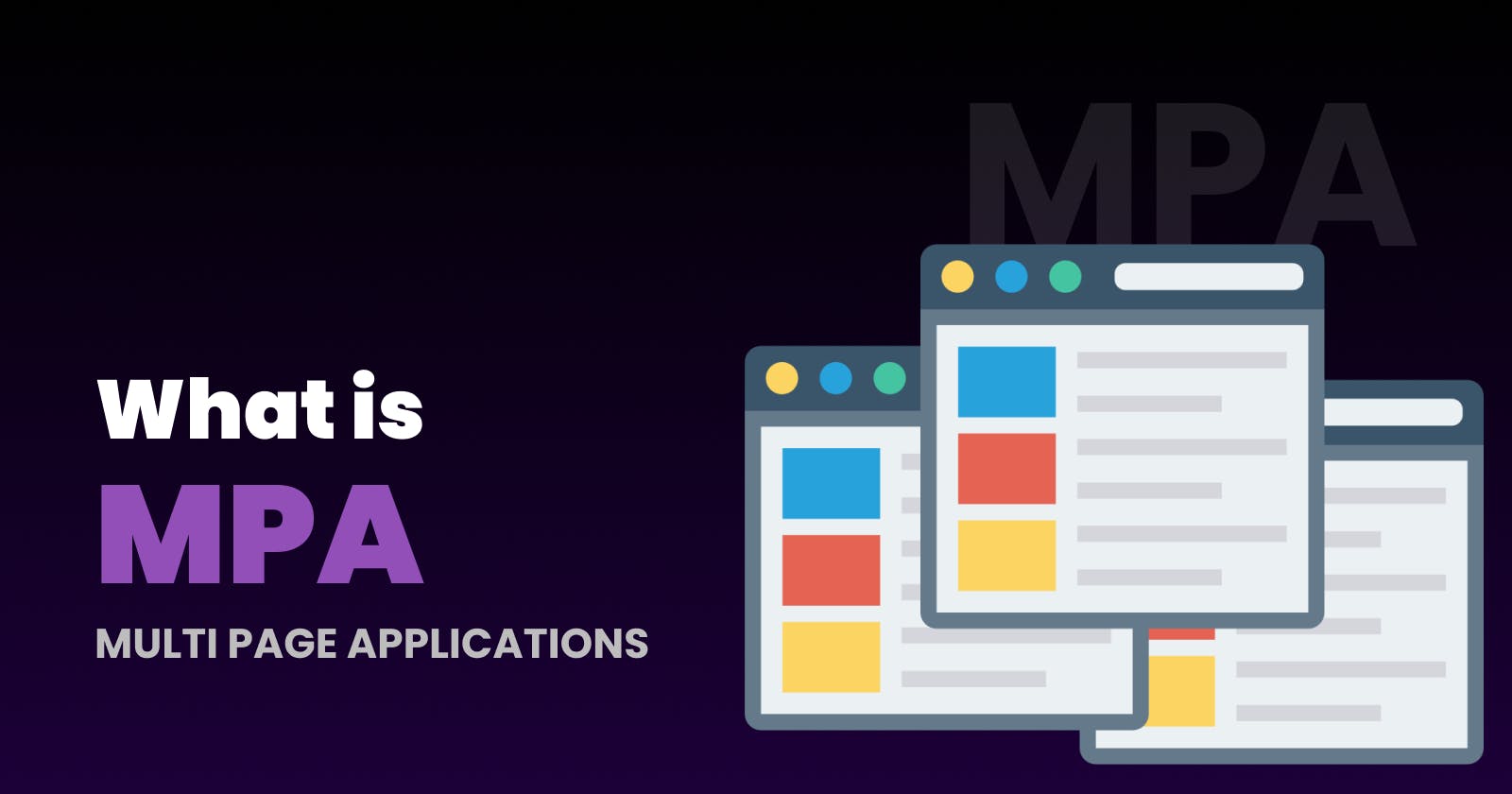Introduction
In the ever-evolving world of web development, Multi-Page Applications (MPAs) stand as the traditional approach to building websites. Unlike Single Page Applications (SPAs), which have gained prominence in recent years, MPAs take a different approach to organizing and presenting content. In this detailed article, we will explore what Multi-Page Applications are, their characteristics, and advantages, and why they continue to be relevant in certain scenarios.
Understanding Multi-Page Applications:
Multi-Page Applications are web applications that consist of multiple distinct HTML pages, each representing a separate view or section of the application. Unlike SPAs, where all content is loaded on a single page, MPAs involve navigating between various pages by clicking on links or submitting forms. Each page typically corresponds to a different URL and is delivered as a complete HTML document from the server.
Key Characteristics of Multi-Page Applications:
Full Page Reloads: One of the defining characteristics of MPAs is the use of full page reloads when navigating between pages. Each time a user clicks on a link or submits a form, the browser makes a request to the server, which responds with a new HTML page. This process results in a complete reload of the page, including its associated CSS and JavaScript resources.
Server-Side Rendering: In MPAs, server-side rendering (SSR) is the default rendering approach. The server generates and sends the fully rendered HTML pages to the client, ready for display. This ensures that the content is visible even when JavaScript is disabled or not supported.
Traditional Routing: MPAs typically use server-side routing to handle navigation. When a user requests a specific URL, the server determines the appropriate HTML page to serve based on the URL, delivering the corresponding content.
Advantages of Multi-Page Applications:
SEO-Friendly: MPAs are inherently SEO-friendly due to their server-side rendering. Search engines can easily crawl and index individual pages, leading to better visibility and search rankings.
Progressive Enhancement: Since MPAs do not rely heavily on client-side JavaScript, they offer a more progressive enhancement approach. Basic functionality is available even if JavaScript is disabled, ensuring accessibility for a broader range of users.
Familiar Development Workflow: Many developers are familiar with the MPA development workflow, which aligns with the traditional approach to web development. This can lead to faster development cycles, especially for projects with a clear division of content between pages.
Better Compatibility: MPAs tend to have better cross-browser compatibility since they rely less on client-side JavaScript and its potential variations across browsers.
Considerations and Challenges:
Full Page Reloads and Performance: The use of full page reloads in MPAs can result in slower navigation and decreased user experience, especially in cases of high latency or large HTML payloads.
Maintenance and Code Reusability: As the number of pages increases, maintaining consistency across multiple pages can become challenging, leading to potential code duplication and decreased reusability.
Limited Interactivity: MPAs may have limited interactivity compared to SPAs since they require full page reloads for each user interaction.
Hybrid Approaches:
In practice, web applications often employ a hybrid approach, blending elements of both MPAs and SPAs. Some pages may be built as SPAs to provide a more dynamic user experience, while others remain traditional MPAs for specific content or SEO requirements.
Conclusion:
The Continuing Relevance of Multi-Page Applications
While Single Page Applications have gained significant popularity in modern web development, Multi-Page Applications continue to play a crucial role, especially in scenarios where SEO, progressive enhancement, and traditional development workflows are paramount. MPAs offer a robust and familiar approach to building websites, ensuring compatibility across different browsers and providing an accessible experience to a broader audience.
In the ever-evolving world of web development, understanding the strengths and weaknesses of both Multi-Page Applications and Single Page Applications empowers developers to choose the most suitable approach for each project's unique requirements. By leveraging the best of both paradigms, developers can create web applications that deliver outstanding user experiences while meeting the demands of modern web development.

